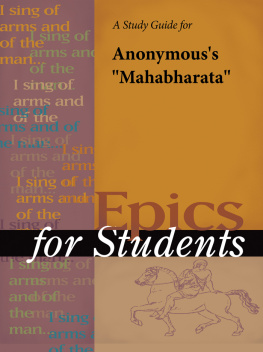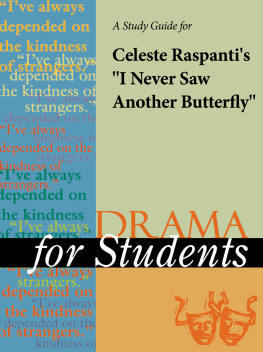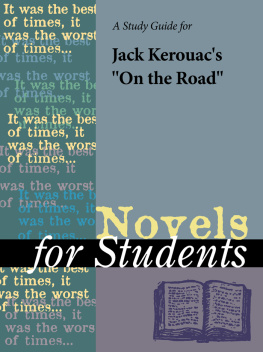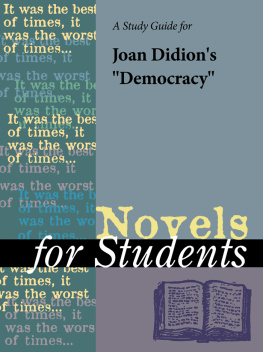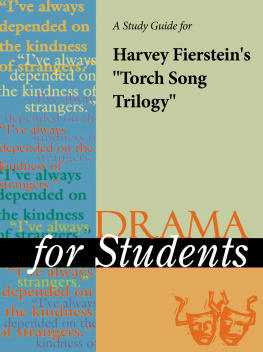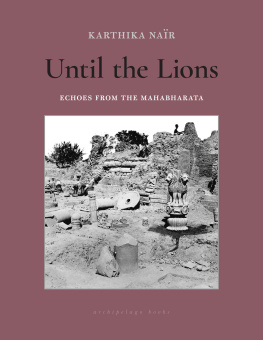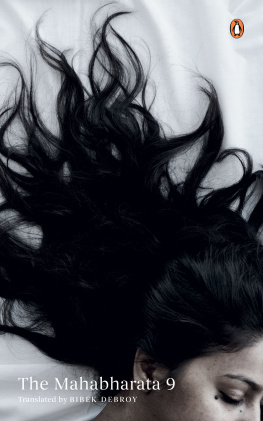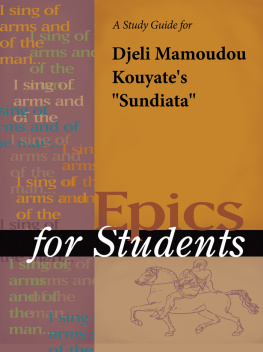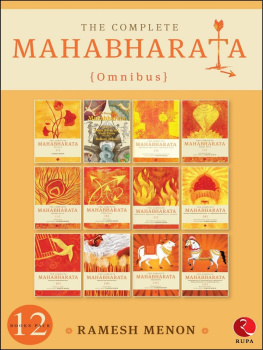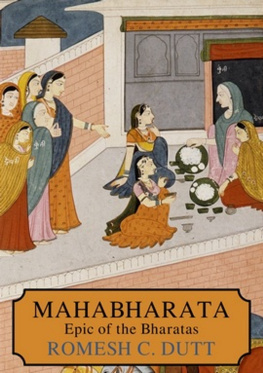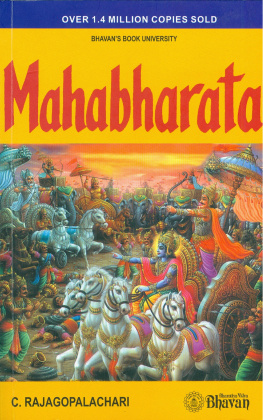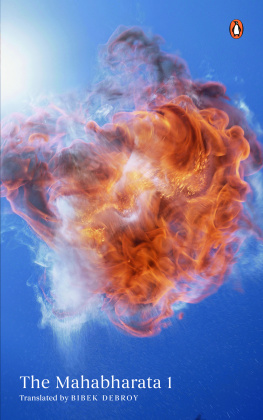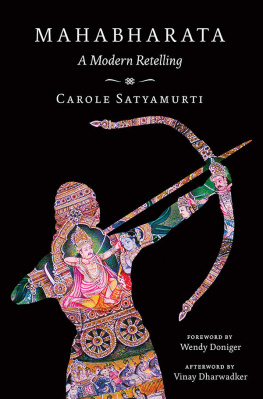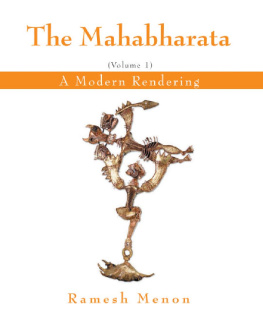TABLE OF CONTENTS
Guide
Epics for Students, Second Edition, Volume 1
Project Editor: Sara Constantakis
Rights Acquisition and Management: Margaret Chamberlain-Gaston, Savannah Gignac, Tracie Richardson, Jhanay Williams
Composition: Evi Abou-El-Seoud
Manufacturing: Drew Kalasky
Imaging: John Watkins
Product Design: Pamela A. E. Galbreath, Jennifer Wahi
Content Conversion: Katrina Coach
Product Manager: Meggin Condino
2011 Gale, Cengage Learning
ALL RIGHTS RESERVED. No part of this work covered by the copyright herein may be reproduced, transmitted, stored, or used in any form or by any means graphic, electronic, or mechanical, including but not limited to photocopying, recording, scanning, digitizing, taping, Web distribution, information networks, or information storage and retrieval systems, except as permitted under Section 107 or 108 of the 1976 United States Copyright Act, without the prior written permission of the publisher.
Since this page cannot legibly accommodate all copyright notices, the acknowledgments constitute an extension of the copyright notice.
For product information and technology assistance, contact us at Gale Customer Support, 1-800-877-4253.
For permission to use material from this text or product, submit all requests online at www.cengage.com/permissions.
Further permissions questions can be emailed to permissionrequest@cengage.com
While every effort has been made to ensure the reliability of the information presented in this publication, Gale, a part of Cengage Learning, does not guarantee the accuracy of the data contained herein. Gale accepts no payment for listing; and inclusion in the publication of any organization, agency, institution, publication, service, or individual does not imply endorsement of the editors or publisher. Errors brought to the attention of the publisher and verified to the satisfaction of the publisher will be corrected in future editions.
Gale
27500 Drake Rd.
Farmington Hills, MI, 48331-3535
ISBN-13: 978-1-4144-7621-6 (set)
ISBN-13: 978-1-4144-7622-3 (vol. 1)
ISBN-13: 978-1-4144-7623-0 (vol. 2)
ISBN-10: 1-4144-7621-3 (set)
ISBN-10: 1-4144-7622-1 (vol. 1)
ISBN-10: 1-4144-7623-X (vol. 2)
This title is also available as an e-book.
ISBN-13: 978-1-4144-7624-7
ISBN-10: 1-4144-7624-8
Contact your Gale, a part of Cengage Learning sales representative for ordering information.
Printed in the United States of America
1 2 3 4 5 6 7 14 13 12 11 10
Mahabharata
Anonymous
C. 400 BCE400 CE
Introduction
The Mahabharata (officially known as Bharat) is the great epic poem of India. Comprising one hundred thousand stanzas of verse divided into eighteen books, or parvas, the poem remained in the early 2000s the largest single literary work in existence. Originally composed in the ancient language of Sanskrit sometime between 400 BCE and 400 CE, the work is set in a legendary era thought to correspond to tenth-century BCE Indian culture and history. Its main subject is a feud between two branches of the ruling family of the northern Indian kingdom of Kurujangala, the Pandavas and the Kauravas. Their conflict culminates in an eighteen-day battle and the annihilation of nearly all those involved in the conflict, except for the victors, the five Pandava brothersYudhishthira, Bhima, Arjuna, Nakula, and Sahadevaand a handful of others.
The poem's theme concerns the Hindu concept of dharma, or sacred duty. In essence, the epic is an extended exploration of the responsibilities set forth by the code of dharma. In addition to recounting a heroic tale, the Mahabharata contains a collection of writings on a broad spectrum of human learning, including ethics, law, philosophy, history, geography, genealogy, and religion. It also features a number of legends, moral stories, and local tales, all woven into the elaborate narrative.
In the rest of the world, the poem is largely recognized for several of these exotic tales and for the Bhagavad Gita, which encapsulates many of the basic tenets of Hinduism. In India, the Mahabharata is considered one of the finest works on Hindu culture, and it is widely read and studied. In addition, it is viewed as the nation's most valued classical work of literature and continues to provide inspiration to new generations of Indian writers and artists. The encyclopedic inclusiveness and cultural importance of the Mahabharata cannot be overstated. A modern, highly praised translation by Kenneth Anderson appeared in 1999.
Author Biography
Scholars tend to agree that the Mahabharata was not written by a single individual. The belief is multiple authors compiled it over the course of several centuries. According to mythic tradition, however, the rishi (sage) Vyasa, who is also a character in the Mahabharata, wrote the work. In Sanskrit, the name Vyasa means collector, compiler, or arranger. Thus, Vyasa likely represents the countless individuals who put together the various tales, stories, histories, legends, and treatises that are known collectively as the Mahabharata.
A legendary figure occupying a prominent position in ancient Sanskrit literature, Vyasa is said to have composed the eighteen puranas, or ancient tales, and to have written the four Vedas, the sacred texts of the Hindu religion. Also according to myth, he is supposed to have written more than three million stanzas of the epic poem, the majority of which were for the entertainment and enlightenment of the gods, while only one hundred thousand of the stanzas were to be repeated among human beings as the Mahabharata.
The legend of Vyasa's creation of the poem explains that the great seer Vyasa wanted to write down the story of his people, the Bharata (an ancient Aryan tribe whose name became synonymous with India). While meditating on how he would give the work to his disciples, the elephant-headed god of writers, Ganesha, appeared. The deity offered to write down Vyasa's story on the one condition that the wise man never stop telling his tale. If he did, the god would disappear, never to return. Vyasa weighed Ganesha's proposal and agreed to it, providing that he could stop if ever Ganesha failed to understand something he had said. The agreement was made, and thus, so the legend goes, the Mahabharata is filled with many digressions and complexities because of Vyasa's need to confuse and bewilder his scribe.
Plot Summary
Adi-Parva, First Book: The Origins of the Families
The story opens as Sauti, a storyteller returning from the snake sacrifice of King Janamejaya, approaches several wise men, or rishis, in the forest of Naimisha. He relates to them the Mahabharata as he has heard it from Vaisam payana, a disciple of the poet Vyasa.
Sauti begins by recounting the death of King Parikshit of the Bharatas at the hands of Takshaka, a Naga, or snake-man. King Janamejaya, Parikshit's son and successor, had held the snake sacrifice in order to avenge the death of his father, but the ceremony was stopped by the intervention of the learned

